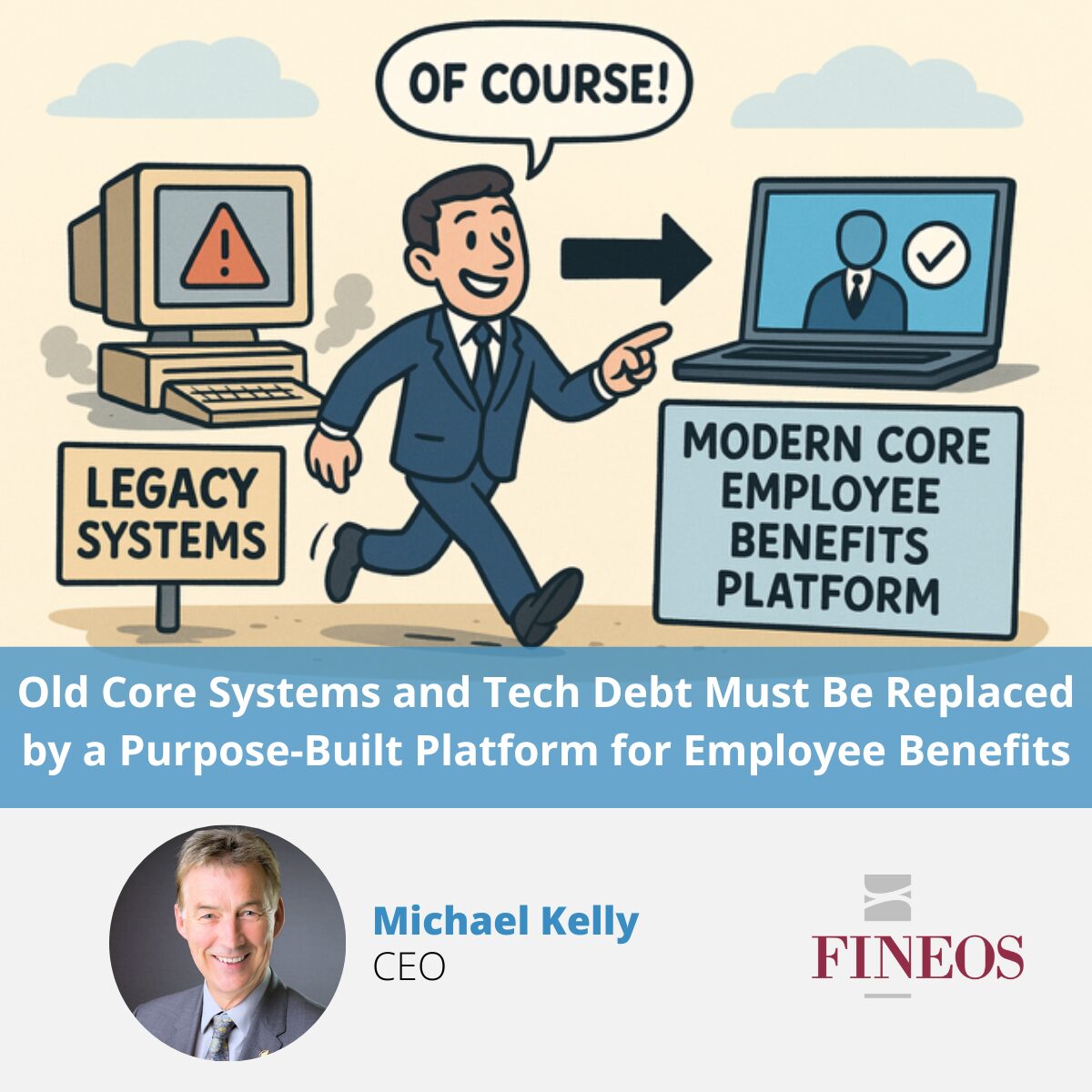The federal Americans with Disabilities Act (ADA), state law, and state pregnancy accommodation laws require employers to provide a reasonable workplace accommodation to a qualified employee with a disability. The purpose of an accommodation is to enable the employee to perform the essential functions of their position. Once the employer has received a request for accommodation (or is otherwise on notice of the need), they must engage in what’s known as the interactive accommodation process with the employee to identify an appropriate accommodation. Many employers don’t have a good understanding of this process and their obligations. As a result, they may unwittingly violate the ADA or state law by terminating or disciplining a disabled employee who is struggling with his or her job because of a disability without first engaging in the interactive accommodation process.
An employee’s disability, the limitations it imposes, the employee’s job functions, and the employer’s business needs and concerns are different in every case. For this reason, the interactive process must be individualized and flexible, specific to each employee’s situation.
Below are steps that should be taken in every interactive process and they certainly apply to an employee’s request for an exemption or accommodation from a COVID vaccine or masking policy. Employers have so much on their plate right now with the changing workforce. It makes sense for employers to use their leave administrator to facilitate this interactive process. Carriers utilizing FINEOS to facilitate these steps ensure the process is fair, efficient, and compliant.
- Respond to the employee’s request for an accommodation (or other information received) promptly and move the process forward quickly.
- Communicate with the employee. Start the communications as soon as the need for an accommodation is known. Continue communications throughout the process and after an accommodation has been identified and implemented. Communications in any form (e.g., verbal, email, telephone) will satisfy the employer’s duty as long as the communication is effective and accomplishes the purpose.
- Assess the employee’s particular circumstances. Verify the essential and marginal functions of the employee’s position and the limitations posed by the employee’s disability on performing those functions.
- Consider whether information is needed from any source – for example, medical information about the nature of the employee’s limitations and ideas for an effective accommodation. Gather such information as soon as possible.
- Assess each suggested accommodation together with the employee: Is it reasonable and effective? For example, if an employee needs an exemption from an employer’s masking policy, would a clear plexiglass shield around the work area suffice? If the employee needs an accommodation from a standing requirement, would a tall stool enable the employee to perform the job function?
- Assess potential hardship in light of business needs and concerns: Will it impose an undue hardship? This is a high hurdle to clear, but when it comes to a public health concern as we’ve seen in the pandemic, courts are taking employers’ claims of an undue hardship very seriously.
- Monitor the accommodation once it is implemented. Follow up with the employee initially to ensure the accommodation is effective and then follow up periodically to ensure that it is still necessary and appropriate, in the event that the employee’s condition changes or public health officials’ guidance changes.
NOTE: The employer’s duty to engage in the interactive process is ongoing and not a one-time event. The interactive process obligation continues if the employee asks for a different accommodation, or the employer becomes aware that the initial accommodation is not working or a different or additional accommodation is needed. In some situations, finding the right accommodation can require trying several options. - Document, document, document. Make a record of every step taken in the process – dates, persons involved, content of communications, accommodations under consideration, decisions made and justifications, and so on. It’s largely because of this step that the interactive process requires software to assist in record-keeping, process workflow, data capture and reporting, and an accurate audit trail of events.
Carriers using FINEOS can be proactive in assisting employers with workplace accommodations. With FINEOS, carriers have a turnkey process to make appropriate accommodation or exemption assessments in handling a request for an accommodation, alleviating employers’ apprehension, workplace disruption, and risk.


